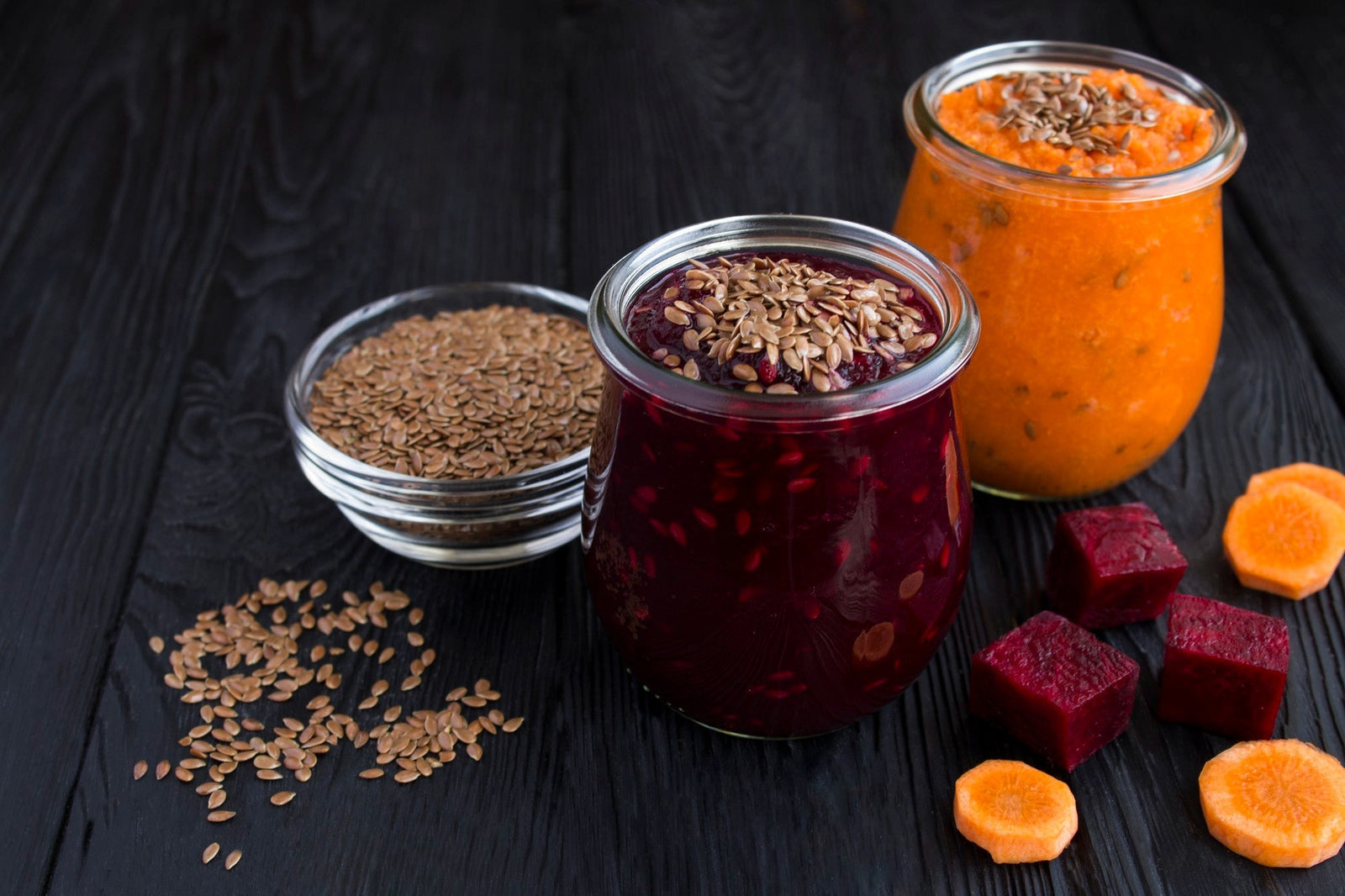
April 29, 2024 3 min read
Amaranth, once a staple of the ancient Aztec diet, has re-emerged as a modern superfood. This ancient grain, known for its tiny seeds and remarkable nutritional profile, is gaining attention not just for its versatility in the kitchen but also for its potential health benefits, particularly in preventing chronic diseases. This article explores how incorporating amaranth into your diet can contribute to better health and disease prevention.
Amaranth was a crucial part of the Aztec culture, where it was not only consumed as a daily staple but also used in religious ceremonies. After being nearly obliterated during the Spanish conquest due to its associations with these rituals, amaranth is now experiencing a resurgence as a health food around the world, praised for its impressive nutritional content and adaptability in various dishes.

Amaranth is a true nutritional powerhouse. It is rich in proteins, with a content higher than most other grains, making it an excellent choice for plant-based diets. It is a complete protein, meaning it contains all nine essential amino acids, which are crucial for muscle repair, immune function, and overall cellular health. Amaranth is also high in fiber, which helps in digestion and sustained energy release. It's packed with minerals such as magnesium, iron, phosphorus, and manganese.
Perhaps most importantly, amaranth is loaded with antioxidants, specifically phenolic acids and flavonoids. These compounds are vital in fighting oxidative stress and inflammation in the body, two primary drivers of chronic diseases such as heart disease, diabetes, and cancer.
Amaranth's role in promoting heart health is significant. Its high fiber content can help reduce cholesterol levels by binding to LDL (bad) cholesterol in the digestive system and removing it from the body. The grain is also rich in potassium, which aids in blood pressure regulation by counteracting the effects of sodium in the body. Additionally, the presence of tocotrienols, a form of vitamin E found in amaranth, has been shown to have cholesterol-lowering properties.
For those managing diabetes, amaranth can be a beneficial addition to the diet. Its high fiber and protein content help in regulating blood sugar levels by slowing down the absorption of sugar into the bloodstream. This can prevent spikes in blood glucose, making it easier to manage blood sugar levels effectively.
The anti-inflammatory properties of amaranth are particularly noteworthy. Chronic inflammation is a root cause of many diseases, including arthritis, fibromyalgia, and even neurological conditions. Amaranth's rich antioxidant content helps reduce inflammation, offering relief and prevention from these conditions.
Adding amaranth to your diet is relatively simple given its versatility. It can be cooked as a cereal, popped like popcorn, used as a flour in gluten-free baking, or added to soups and stews to thicken and boost nutritional content. Its mild, nutty flavor complements both sweet and savory dishes, making it easy to include in meals throughout the day.
As research continues to uncover the benefits of ancient grains like amaranth, their role in disease prevention becomes more apparent. Amaranth’s comprehensive nutritional benefits not only cater to basic dietary needs but also offer a strategic advantage in preventing and managing chronic diseases. With its historical richness and modern health potentials, amaranth truly is an ancient grain with miracles to offer in the contemporary quest for health and wellness.
❤ Try our USDA certified Amaranth Grain ❤
Realted blogs:
Comments will be approved before showing up.

January 27, 2025 3 min read
Flaxseed, the tiny yet powerful superfood, is packed with nutrients that can support weight loss. From curbing hunger to stabilizing blood sugar, this guide dives into the science of how flaxseed can help you shed those extra pounds.

December 11, 2024 3 min read
Discover three quick and easy soup recipes featuring organic small red beans. From a classic vegetable soup to a creamy potato blend, these wholesome recipes are perfect for chilly days and busy weeknights. Packed with flavor and nutrition, these soups will warm your heart and soul this winter!

December 06, 2024 3 min read
This vibrant and nutritious Green Lentil Salad combines tender lentils with grilled chicken, fresh vegetables, and a zesty lemon dressing. Packed with protein, fiber, and essential vitamins, it’s the perfect healthy meal for any time of day.
© 2025 Be Still Farms- Real, Fine Organics.
Privacy | Terms | Refund Policy | Organic Certification
